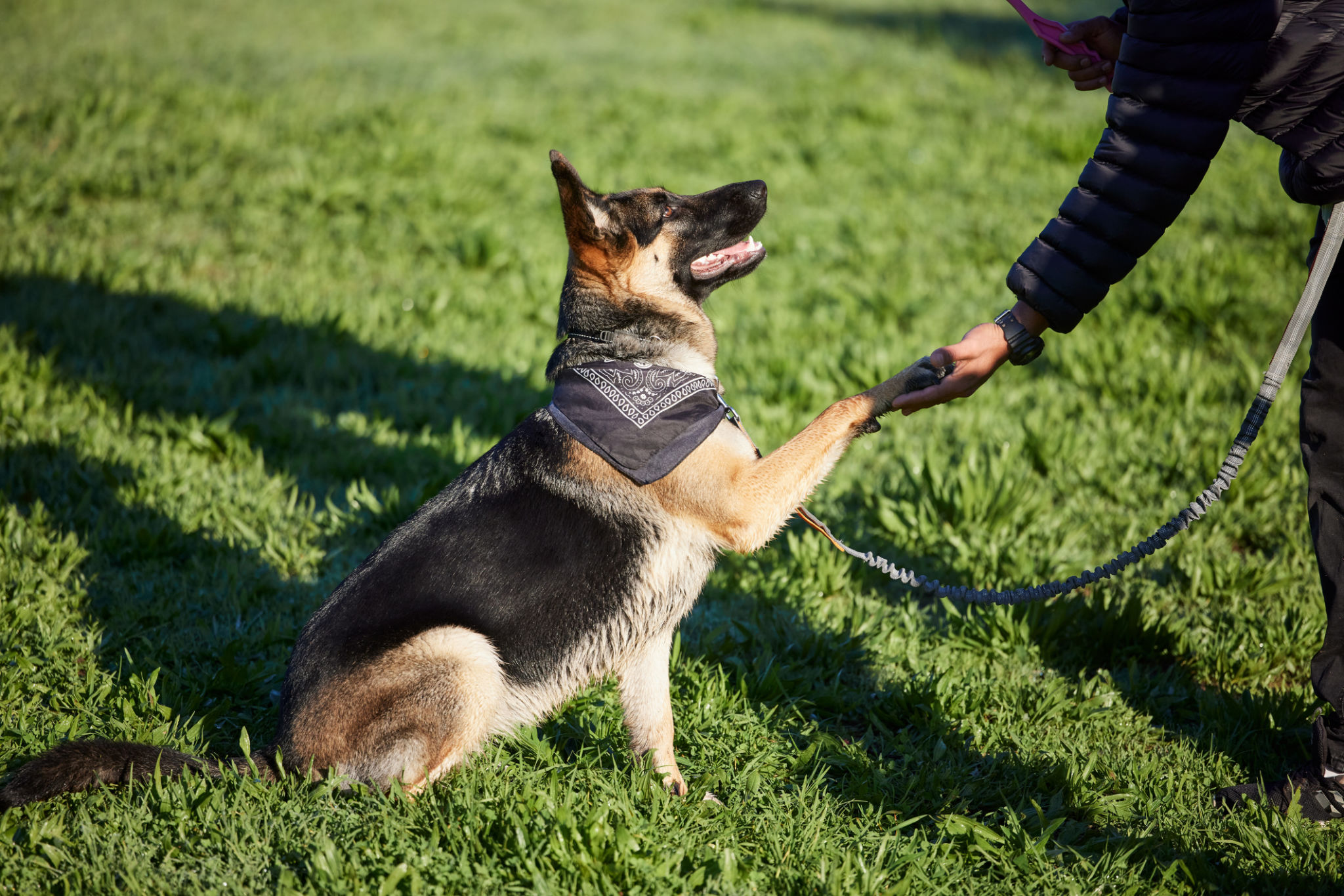The Importance of Personal and Home Protection Training for Dogs
Understanding the Role of Protection Training
Training your dog for personal and home protection is not just about safeguarding your belongings; it's about creating a safe environment for you and your family. Dogs have been trusted protectors for centuries, and with proper training, they can be an invaluable asset to your household. Protection training involves teaching your dog to respond appropriately to potential threats, enhancing their natural instincts while ensuring they remain a loving family member.

Benefits of Protection Training for Dogs
There are numerous benefits to enrolling your dog in protection training. Firstly, it increases their confidence. A well-trained dog is more self-assured and less likely to react aggressively out of fear. Secondly, it provides mental stimulation. Engaging your dog in this type of training challenges them intellectually, which is crucial for their overall well-being and happiness. Finally, protection training can strengthen the bond between you and your dog, as it requires trust and effective communication.
Enhancing Safety for Your Home
Having a protection-trained dog is an effective deterrent against intruders. Their presence alone can discourage potential burglars from targeting your home. In situations where a threat is present, a trained dog can alert you to danger and take action if necessary. This level of security provides peace of mind, knowing that your home and loved ones are under vigilant watch.
The Training Process
The process of training a dog for protection involves several stages, each building on the previous one to develop a comprehensive skill set. Initially, basic obedience commands such as sit, stay, and recall must be mastered. These commands ensure that your dog remains under control at all times. Afterward, the training focuses on teaching the dog to recognize and respond to threats appropriately.

Choosing the Right Trainer
Selecting a qualified trainer is crucial in achieving successful results. Look for trainers with experience in protection work and those who use positive reinforcement techniques. It's important that the training is humane and does not instill fear or aggression. A professional trainer will guide both you and your dog through the process, ensuring that the training is effective and safe.
Maintaining Consistency
Once your dog completes their protection training, consistency is key to maintaining their skills. Regular practice sessions can help reinforce what they've learned and ensure they are prepared to respond when needed. Incorporating these training exercises into their routine keeps your dog's skills sharp while also providing them with ongoing mental stimulation.

Balancing Protection with Companionship
It's important to remember that while protection is an essential aspect of their role, dogs are also companions. Ensuring they have plenty of opportunities for play, socialization, and affection is critical for their emotional health. A well-rounded approach to care and training will ensure they remain both an effective protector and a loving family member.
Conclusion
Investing in personal and home protection training for your dog is a decision that can enhance the safety and security of your home while also enriching the life of your pet. By choosing the right trainer and maintaining consistent practice, you'll equip your dog with valuable skills that benefit your entire household. The result is a confident, well-trained companion who provides both love and protection.